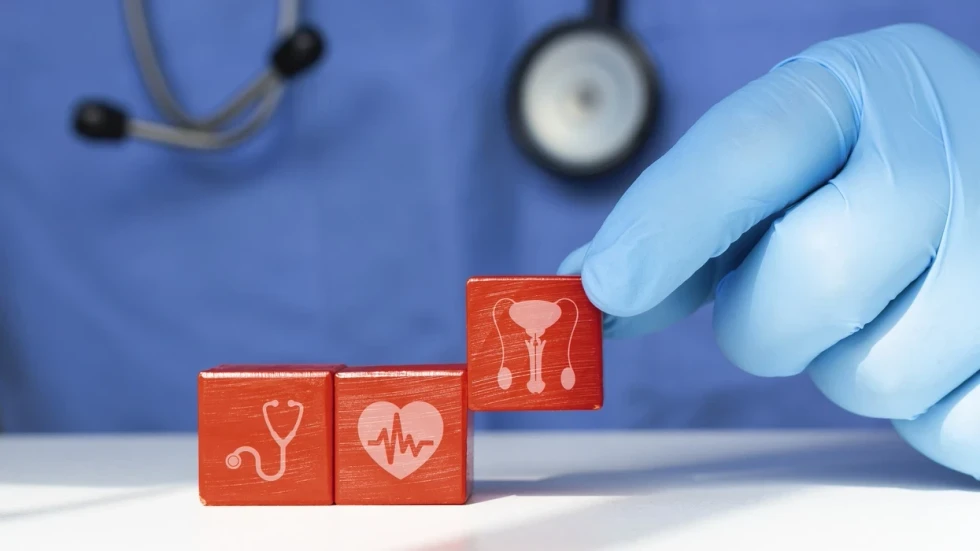RESEARCHERS at the Indian Institute of Technology (IIT) Mandi have, for the first time, unravelled the mechanisms by which lead salts may cause fatty liver disease, an advance that could pave the way for drugs to treat the disorder.
Epidemiological studies have shown that this Non-alcoholic fatty liver disease (NAFLD) affects nine per cent to 32 per cent of Indian population, researchers said.
NAFLD is a dangerous epidemic and is a rapidly growing health problem intimately related to the metabolic group of diseases such as obesity and diabetes, among others, researchers said.
It is a condition wherein there is excessive fat accumulation in the liver, according to the study published in the journal 'FEBS Letters'.
"While the connection between lead and fatty liver disease has been known for a while, the actual mechanism by which lead worsens this condition has hitherto remained unknown," said Prosenjit Mondal, Assistant Professor at IIT Mandi.
NAFLD, and most metabolic group of diseases are often caused by the poor regulation of De novo lipogenesis (DNL), a complex process in which carbohydrates circulating in the blood are converted into fat.
The poor regulation of DNL leads to abnormal production of fat, which settles in the liver and other internal organs as visceral fat, researchers said.
It has been found that the metal lead (Pb2+), which is a serious environmental toxin, can lead to poor regulation of fat formation and deposition in the liver, they said.
Lead toxicity is a serious concern in India and the use of lead-containing paints, pesticides, packaging and even beer contributes towards high exposure of Indians to this toxic metal and its salts, said researchers, including those from Council of Scientific and Industrial Research (CSIR)-Indian Institute of Toxicology Research, Lucknow and Jamia Hamdard University, New Delhi.
Lead salts absorbed by the human body is stored in soft tissues, and autopsy studies have shown that the liver hoards almost 33 per cent of the total lead cruising in the body.
DNL is a complex process that involves numerous biomolecules, one of which is Carbohydrate Responsive Element Binding Protein (ChREBP), which activates the regulatory enzyme, fatty acid synthase, which is responsible for fat production in liver cells.
The activity of ChREBP in human liver cells is kept in control by another biomolecule called sorcin. "We observed Pb2+ ions to suppress sorcin activity, and this over-activates ChREBP, which in turn triggers fatty acid synthase. This increases fat production in the liver, leading to NAFLD," said Mondal.
Researchers also proposed chemicals that can target the Pb2+-Sorcin-ChREBP cascade, so that drugs can be discovered and developed to treat NAFLD caused by lead toxicity.
They injected mice with a small DNA segment (plasmid) through adenovirus, which increased sorcin activity and thereby reduced the progression of fatty liver disease.





 Post-surgery, Arjun experienced a significant improvement in his physical health /Lepra
Post-surgery, Arjun experienced a significant improvement in his physical health /Lepra







 Firoza and Rupali
Firoza and Rupali

